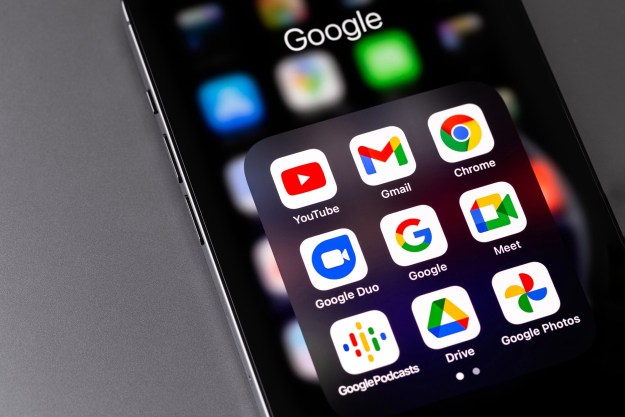Google Maps has long been a great way to figure out how to get from point A to point B, but only if you plan on using one method of transportation to get there. Now, however, that’s about to change — Google Maps will soon let you combine transit with biking or ridesharing to help you get where you need to as quickly as possible.
The new feature is rolling out to users now, and works through the transit tab in the Google Maps app. To use it, type in your destination and tap the Transit tab. As before, you’ll see how to get to your destination using only public transportation, but you’ll also now see options that add in ridesharing and biking in a Mixed Modes section.

You’ll get all the other information that you need as well. For example, you’ll be able to see information like how much your ride will cost, how much traffic you’re likely to encounter, and so on. The ridesharing feature includes both Uber and Lyft, and possibly other local options. For biking, you’ll get information about routes tailored for cyclists, and the app will estimate how long it should take you to cycle to a destination.
The feature is customizable to your preferences. For example, you can tell the app to highlight your preferred ridesharing service, and prioritize options within those services, like pooling or economy.
It’s definitely a handy feature, especially as people increasingly turn to public transportation and ridesharing instead of using their car all the time. That said, it would be interesting to see the ability to combine other different transportation methods too. Some, for example, might want to take public transportation to work, but are willing to drive to a train station and park there for the day.
According to Google, the new feature is rolling out to customers in 30 countries over the next few weeks, with other countries to follow soon. From the start, iOS users will be able to take advantage of the ridesharing and biking features, but Android users will only get the ridesharing feature upon rollout — though biking will be added in the near future.
Editors' Recommendations
- Whatever you do, don’t buy the Google Pixel 7a right now
- Google Maps got a major update, and people hate it
- Everything you can do with the Google Pixel 8 Pro’s temperature sensor
- Google Pixel 7a colors: here’s every option you can get
- Google Maps adds a nifty new feature to Immersive View


